The Worst Design Fails Ever – 25 Bad Examples
When you’re deeply focused on your work, it’s easy to get caught up in small details and miss the bigger picture. Before you realize it, you’ve made some obvious mistakes that anyone else would spot right away. This happens in all professions, including graphic and product design.
The Instagram account ‘Design Fails’ (@designfailures), created by David Delahunty (@delahuntagram), has been entertaining social media users for over a decade. As the name suggests, it showcases design mistakes that are both baffling and hilarious. We’ve gathered some of the most outrageous ones to brighten your day. Scroll down to check them out—but if you’re a designer, be prepared to cringe!
#1

images source: designfailures
#2

images source: designfailures
#3

images source: designfailures
Delahunty started the ‘Design Fails’ account in July 2013, and over the past 11+ years, he has gained 31.2k followers on Instagram. The concept is simple: “When design fails, we share it.”
Bored Panda has reached out to the curator via email to learn more about his project and what makes a good design. The article will be updated once he responds.
The photos Delahunty shares are not just entertaining—they also serve as valuable lessons for current and future designers on what to avoid. There’s a bit of schadenfreude at play here, too. Whether we admit it or not, people enjoy seeing others’ mistakes. And while many of us like to believe we’d never make the same errors, the truth is, we’d probably just find new ways to fail!
#4
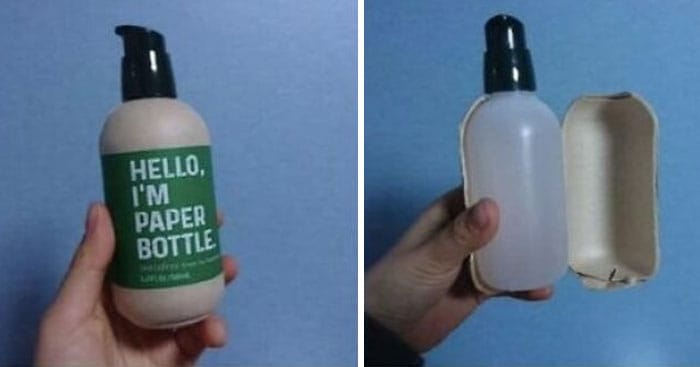
images source: designfailures
#5

images source: designfailures
#6

images source: designfailures
Aesthetics play a big role in consumer behavior because our brains naturally respond to beauty. When something looks good, it’s more enjoyable to see. Good design gives the impression that a product or service is reliable and backed by skilled professionals. It can also connect with consumers’ personal style and sense of individuality.
On the flip side, cluttered or hard-to-read designs—like confusing logos—can make a product seem unreliable and low-quality. Poor design often signals a lack of attention to detail, making people less likely to trust it.
#7

images source: designfailures
#8

images source: designfailures
#9

images source: designfailures
No matter how skilled, perceptive, and talented you think you are, nobody is immune to making mistakes. Everyone messes up from time to time. Nobody’s ‘flawless’ or ‘perfect.’
It’s how you react to the mistakes you make that says a lot about your character. Someone who has a growth-oriented mindset sees failure as an opportunity for growth instead of something that should continue to haunt them for years.
#10

#11

#12
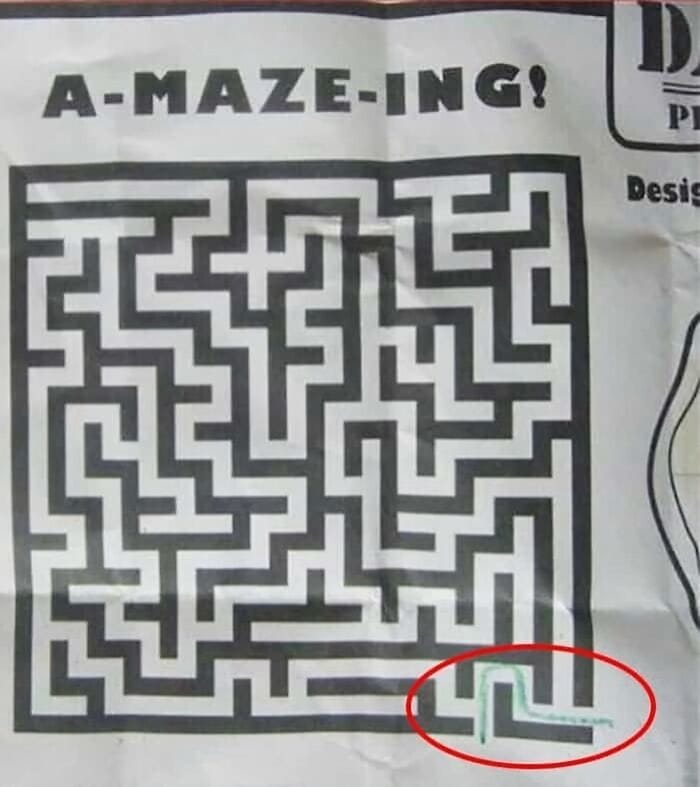
Making a design mistake in a very public and embarrassing way doesn’t have to be a complete failure. It can be a learning experience, helping you remember what to do differently next time. More than that, it’s also a chance to connect with your audience, clients, and coworkers.
As mentioned earlier, showing a bit of embarrassment can actually work in your favor. People tend to be more understanding and sympathetic when they see someone owning up to their mistakes.
#13

#14

images source: designfailures
#15

images source: designfailures
Owning your embarrassment—like when a design you worked hard on gets called out for being a disaster—can actually work in your favor. Instead of hiding from it, embracing the mistake shows your human side and vulnerability, which makes you more relatable.
On the other hand, pretending nothing went wrong can backfire, hurting your reputation and credibility. Worse, unaddressed embarrassment can turn into long-term shame, which isn’t healthy for your mind or body. The best approach? Laugh it off if possible. And if humor isn’t an option, at least be honest about the mistake—you’ll earn more respect that way.
#16

images source: designfailures
#17
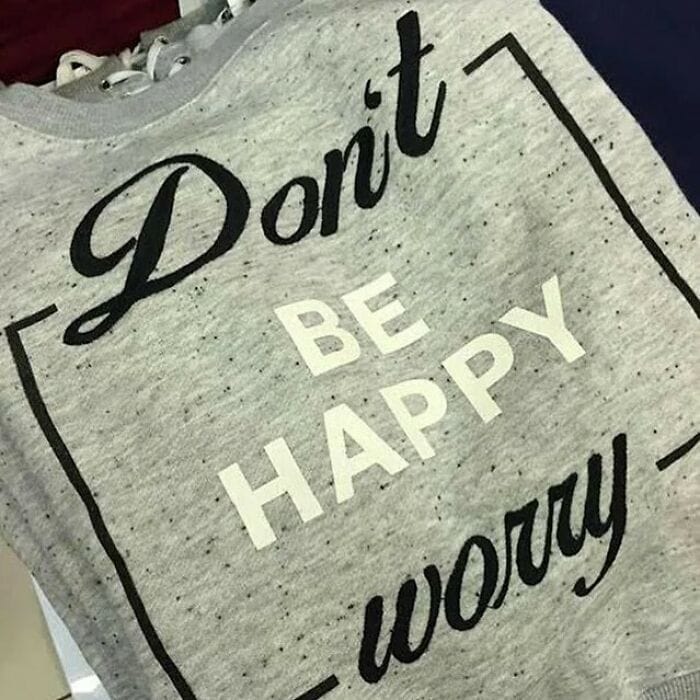
images source: designfailures
#18
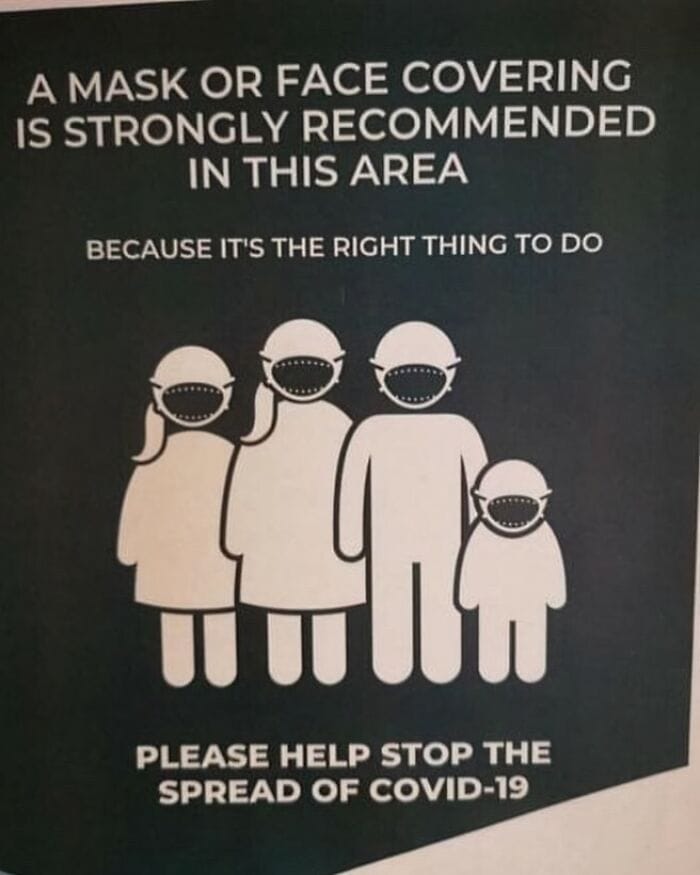
images source: designfailures
True professionals actively seek feedback on their work, even when it’s awkward or uncomfortable. Without understanding how others perceive your designs, it’s hard to improve. After all, if your work is meant for the public, it should grab attention and drive results.
Unless you’re designing purely for artistic expression, it’s important to stay in tune with consumer preferences. The key is finding the right balance—between function and aesthetics, as well as between what customers want and your creative vision as a professional.
#19

images source: designfailures
#20

images source: designfailures
#21
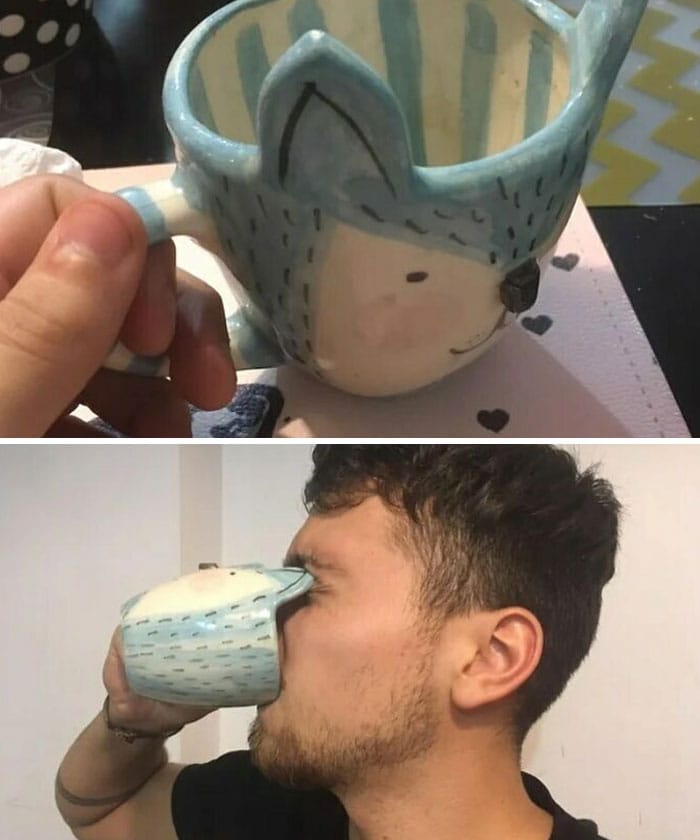
images source: designfailures
#22

images source: designfailures
#23

images source: designfailures
#24
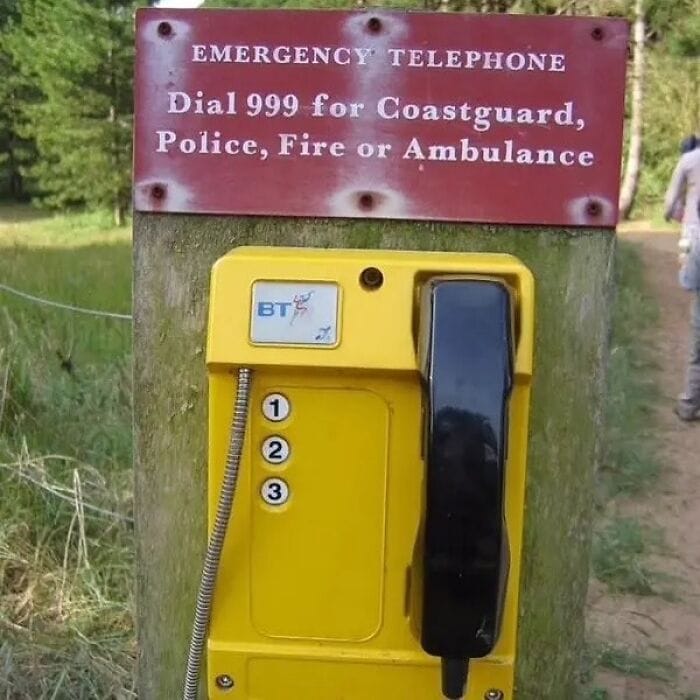
images source: designfailures
#25
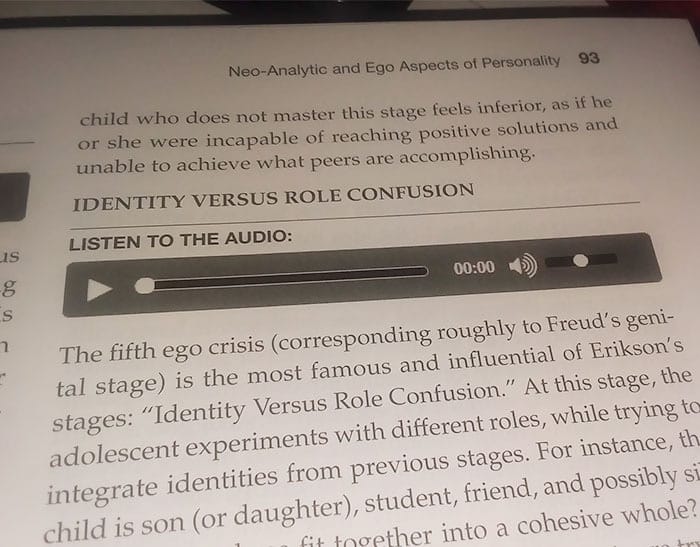
images source: designfailures



